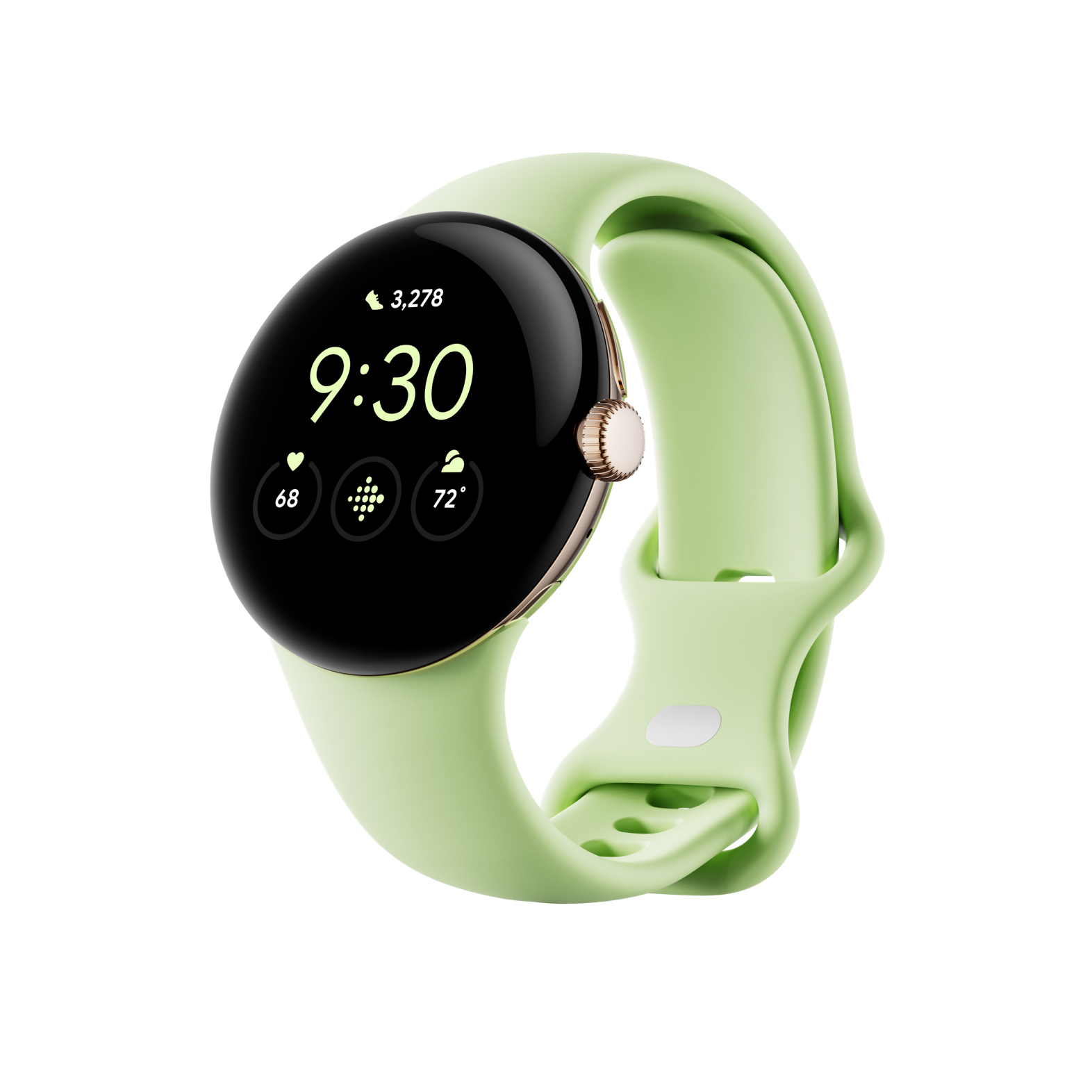Does the Pixel Watch have an SpO2 sensor?
Tracking your blood oxygen saturation.

Does the Pixel Watch have an SpO2 sensor?
Best answer: Yes, technically. The Google Pixel Watch does have an SpO2, otherwise known as a blood oxygen sensor, built into it. However, it hasn’t yet been activated, and there’s no word yet on when it will officially begin to work. Reportedly, it’s all a matter of waiting for FDA approval.
What is an SpO2 sensor?
Why you can trust Android Central
Alongside other health and wellness features like activity and step tracking, sleep monitoring, 24/7 heart rate, and even temperature sensing, an SpO2 sensor has become another valuable feature to have in a smartwatch or fitness tracker. But what does it do?
SpO2 tracking, typically measured with a pulse oximeter clamped to your fingertip (they can also work on toes or even earlobes), uses light to detect how much oxygen your blood is carrying through your body. The data is then reported back to you in the form of a percentage. Normal, healthy individuals should see an SpO2 reading of anywhere between 95 to 100 percent; anything lower than that number could indicate a potential issue.
The latest smartwatches and fitness trackers have added this feature, able to track it through sensors on the underside that touch the skin on your wrist. Some can capture this data 24/7, which can be helpful during sleep to detect conditions like sleep apnea as well as potential respiratory issues during your waking hours.
The feature, however, does not make these products classify as medical devices. Rather, they are to provide useful insight that might prompt you to see a medical professional. They help you keep track of your health and wellness over time and any changes you might want to talk to your doctor about. But they do not replace actual medical devices.
Still, in order for a smartwatch to include a feature like this, as well as ECG measurements, it requires FDA approval in the U.S. Thus, while the Google Pixel Watch has SpO2 capability built-in, it has not yet been activated.
For now, owners can leverage the combination of motion, heart rate, and other health metrics to get a picture of their overall health and wellness. But you can't yet add blood oxygen saturation or SpO2 readings to that equation. However, it's presumably coming at some point.
With that said, if an SpO2 reading is important to you, you might want to opt for another smartwatch or fitness tracker that has that feature active right now. For something that also uses the Fitbit ecosystem, consider one of the best Fitbits, many of which provide blood oxygen saturation readings.

Lots of health tracking
The Google Pixel Watch offers plenty of health tracking features, including sports and activities, 24/7 heart rate, sleep monitoring, and more. But while SpO2 or blood oxygen tracking is built-in, the feature isn’t activated just yet.
Get the latest news from Android Central, your trusted companion in the world of Android

Christine Persaud has been writing about tech since long before the smartphone was even a "thing." When she isn't writing, she's working on her latest fitness program, binging a new TV series, tinkering with tech gadgets she's reviewing, or spending time with family and friends. A self-professed TV nerd, lover of red wine, and passionate home cook, she's immersed in tech in every facet of her life. Follow her at @christineTechCA.
